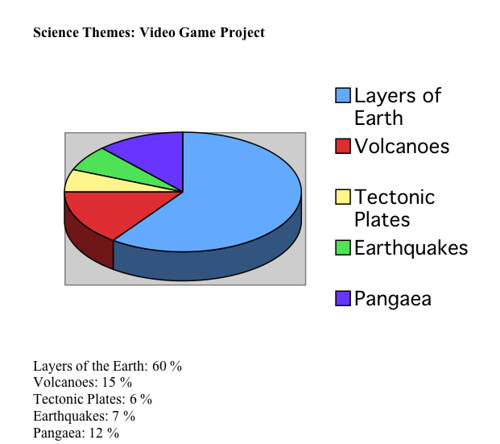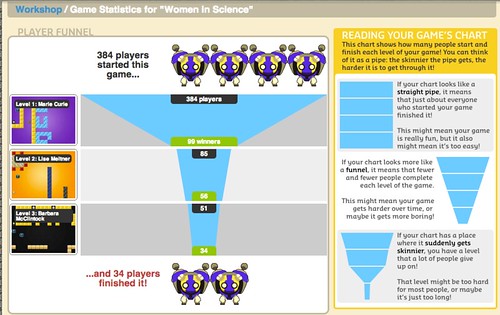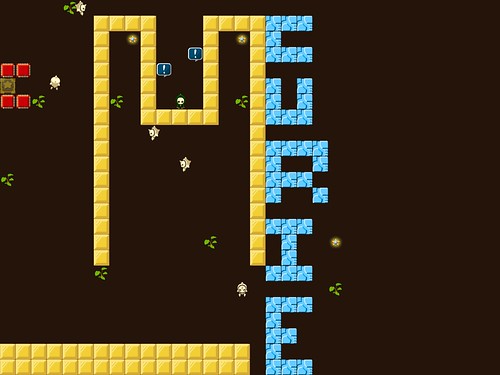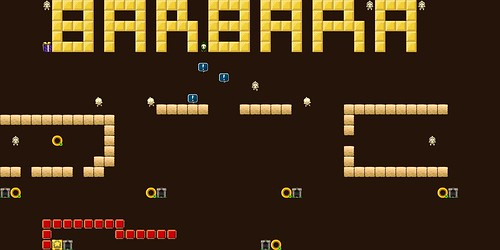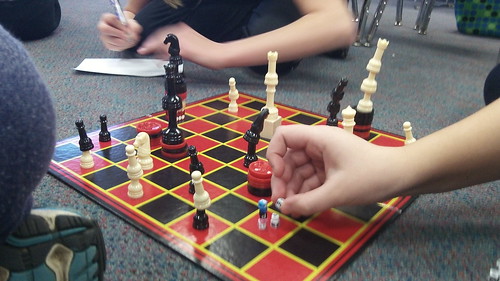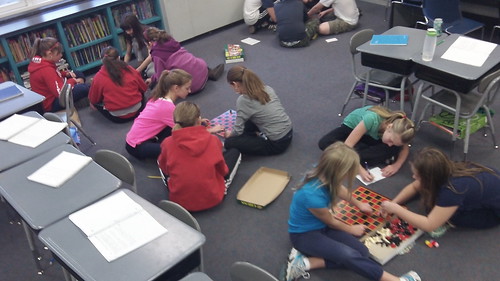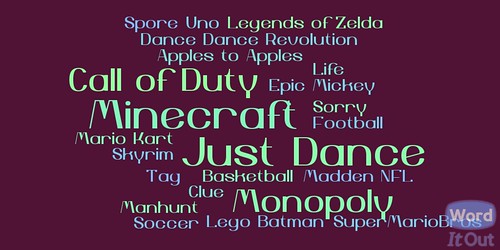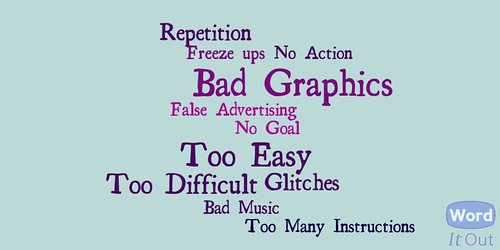
Yet another thing to make me feel guilty ….
I was on my way home from a meeting the other day when I heard an NPR news report about the changes being done to the Diagnostic and Statistical Manual of Mental Disorders (DSM IV), and the controversies over the shifts in how we term “grief” after the death of a loved one. At the end of the report, almost as an aside, they mentioned that the issue of “Internet Use Disorder” and video gaming addiction has been added as an area of “study” by the group of researcher/psychiatrists who make changes to the manual, which establishes what is considered a valid diagnosis and how ailments should be treated.
Over at Slate, this is how they put it:
“Essentially, they’re saying that some people who spend a lot of time on the Internet demonstrate similar symptoms to people diagnosed with other addiction disorders, and that the psychiatric community should study it and consider promoting it to a full-blown disorder down the road. ” — from Slate
And Forbes notes:
“Internet Use Disorder has the many of the basic hallmarks of any other addiction. According to the American Psychiatric Association, the crafters of the DSM-V, a person with IUD will experience “preoccupation” with the internet or internet gaming, withdrawal symptoms when the substance (internet) is no longer available, tolerance (the need to spend more and more time on the internet to achieve the same “high”), loss of other interests, unsuccessful attempts to quit, and use of the internet to improve or escape dysphoric mood.” – from Forbes
It seems that video gaming, in particular, have come under scrutiny. And while some basic research yields some news stories that are alarming (although that could be said about any topic you search for), I have yet to see any empirical research data about the negative impact of gaming.
Which is not to say I don’t worry about it. I have three boys, and the older ones play a lot of games and use a lot of apps, and we are constantly seeking a balance between time on technology and time to run around outside in the fresh air. But I still worry about the amount of time my own kids spent with technology, and I worry when I hear students talk about their weekend activities that revolve around gaming, and only gaming.
And here I am, launching into a full-blown video game design unit with my sixth graders! Sigh.
I’ll be honest — even as a full believer in the power of technology and digital tools to expand writing and communication possibilities, and as an advocate for putting more tools into the hands of young people so that they can learn to make choices and have agency when it comes to their digital activity, I also worry every now and then that I am going down the wrong track, and encouraging a reliance on the screen. But, by framing my work around composing and critical thinking and engagement, I convince myself and, I think, my constituents (parents) that our work is powerful and meaningful and worth the screen time.
I hope I am right.
Peace (in the reflection),
Kevin
